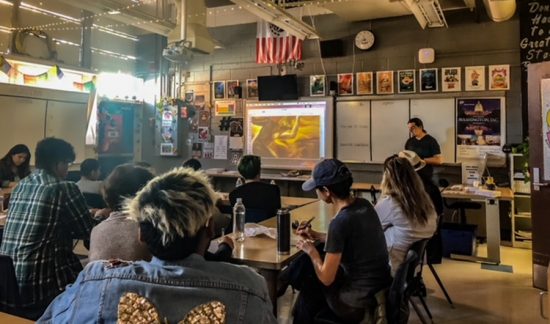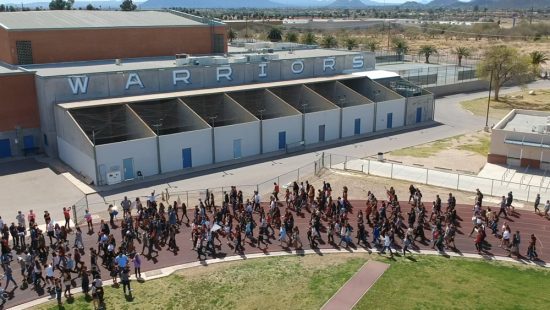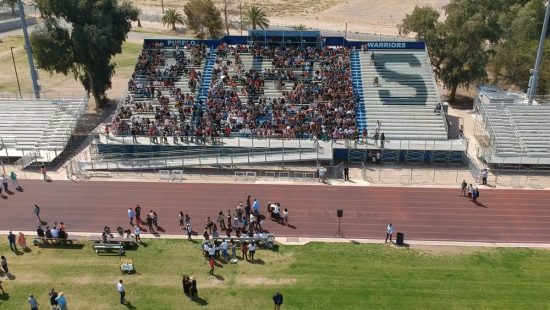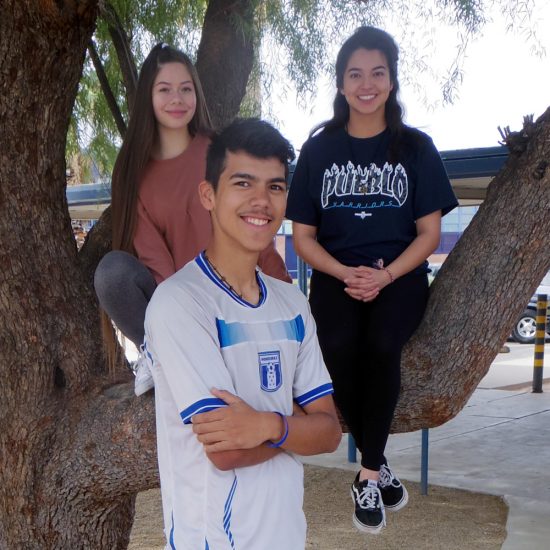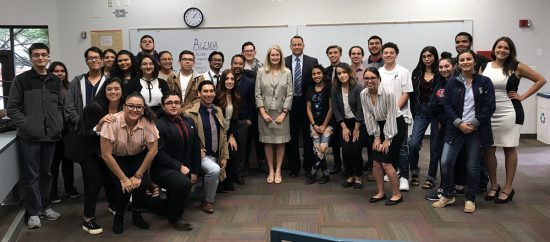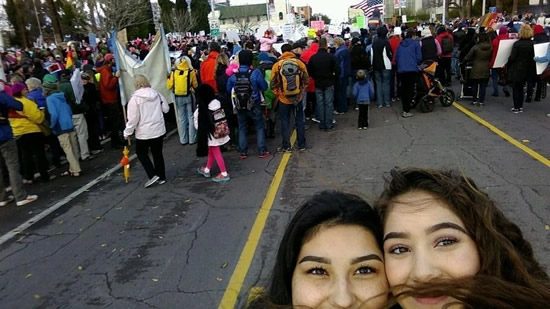By Victoria Cazares
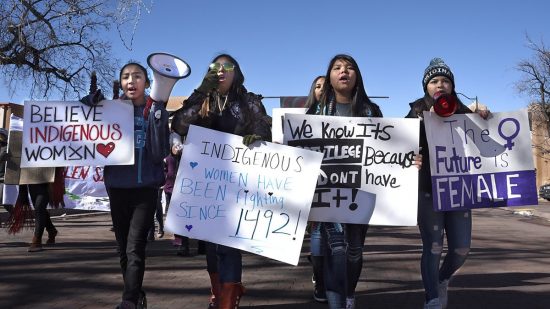
Women’s abuse is well-known and documented throughout history. However, until recently, many have ignored the fact that indigenous (Native American) women live their lives at an elevated risk of being murdered and/or facing violence.
Currently, four out of five Native women are plagued by violence, increasing the murder rate 10 times higher than the national average.
“Homicide is the fifth leading cause of death for American Indian and Alaska Native American,” said the CDC.
Indigenous women have historically gone missing, while the government seems to ignore these appalling statistics—and have done very little to address this crisis.
“This issue has grown into a crisis, known as ‘The Epidemic of Missing and Murdered Indigenous Women,” said NPR news.
Tribal communities are getting together and creating social media accounts called #MMIW Movement, to inform and educate people what is going on and to try and get the government to do something about these murders and cases of violence.
“#MMIW tweets produced some awareness,” said Carolyn Smith Morris. “The movement is finally drawing much needed attention from the law enforcement.”
This year during Indigenous Day, social media posts relating the (MMIW) movement disappeared. Instagram was deleting their posts, which made people really upset because they were just trying to raise awareness of that issue.
“It’s very suspicious that it was only missing and murdered indigenous women day posts,” said Henderson.” On the day when we are doing the most grieving and the most processing, and this is an incredibly heavy experience for the community.”
A 2017 study by the Urban Indian Health Institute found that Arizona had the third highest number of missing and murdered Indigenous women in the nation. (Thirty-one of those cases happened in Pima County!)
Arizona Governor Doug Ducey decided to join tribal leaders, families, and elected officials to sign the H.B. 2570, Legislation establishing a 21-member committee.
“Today, Arizona says, ‘No More,’” said Ducey. “So many families have been subjected to the grief and pain of losing a loved one who was killed or sadly vanished.”
In 2019, President Trump untilled an executive order to open cases and focus on unsolved crimes involving Indigenous victims, said NPR.
An Indigenous woman Kaysera Stops Pretty, was murdered and found dead in August 2019.
Six law enforcement agencies and the FBI devoted resources to finding her. She was even mentioned on a couple news sources.
“Her case was mentioned 398 times on Fox, 346 times on CNN, and 100 times on MSNBC,” said the Washington post. “This happened in a seven-day period.”
While these cases are getting more media attention, prosecuting the perpetrators of these heinous has barely budged.
Clearly, this issue needs local, state and national attention—as well as action. Abuse of Native Americans (including men) in this country is not only an embarrassment to the United States but an atrocity that needs the support of government and law enforcement at multiple levels.


